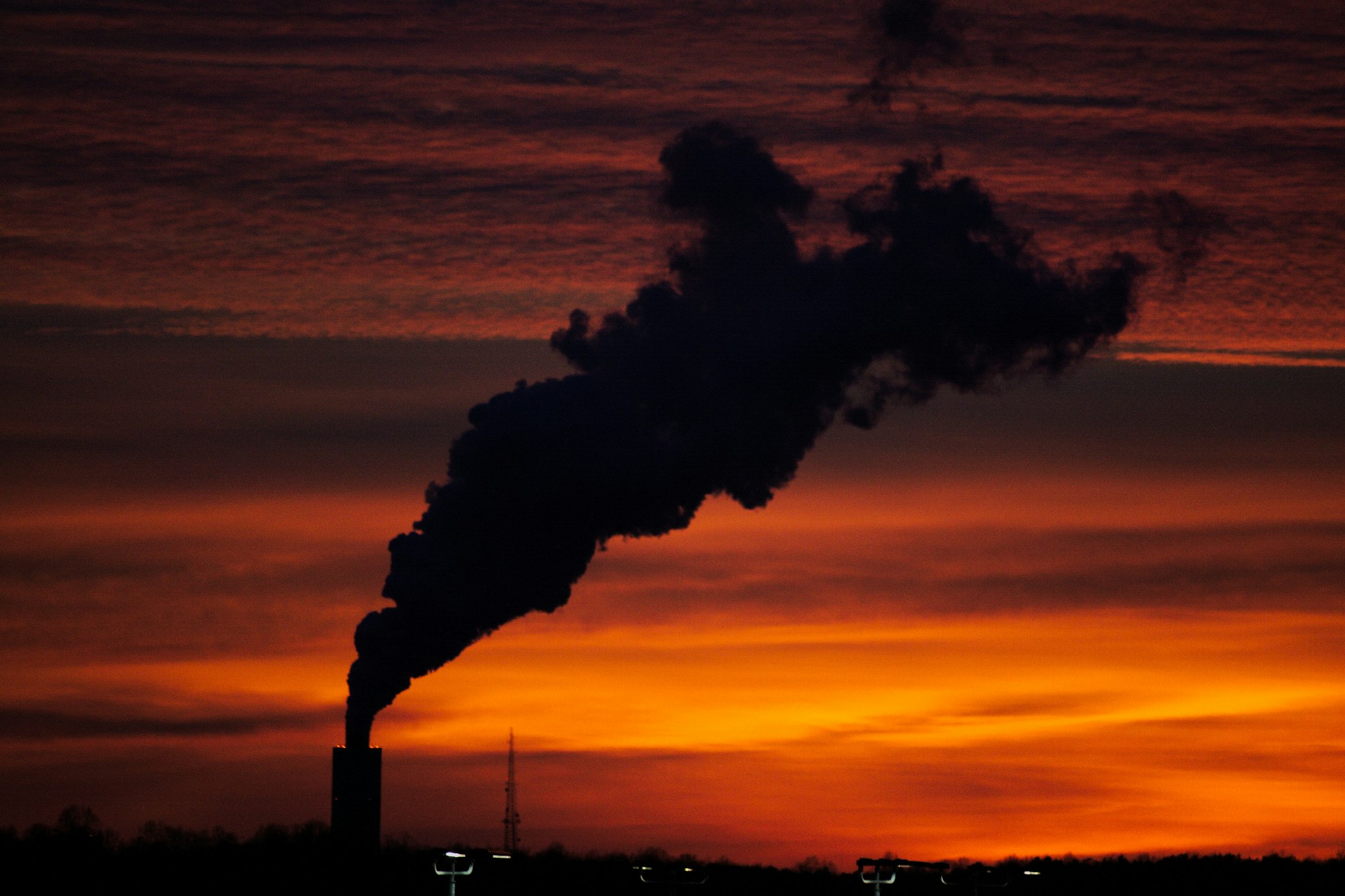Original article (in Slovenian) was published on 30/8/2024; Author: Žan Premrov
Both waste incineration plants in Vienna which are cited as examples of good practice by the Ljubljana municipality produce emissions, according to the Austrian Ministry of Climate Protection, Environment, Energy, Mobility, Innovation and Technology.
Ljubljana Mayor Zoran Janković said on the Aidea podcast on 8 August, when asked by the host about emissions from a planned incineration plant in Ljubljana: “The emissions are cleaned to such an extent that there are no emissions.”
The location of the planned Ljubljana incineration plant has not yet been determined. Marko Agrež, technical director of local energy utility Energetika Ljubljana, told the parliamentary Committee on Infrastructure, Environment and Spatial Planning in July this year that the municipal zoning plan foresees two sites, Toplarniška Street and Letališka Street. He mentioned the Ljubljana Marshes, where an existing Waste Management Centre operates, as the third and, in his opinion, the most optimal site.
Agrež said that the incineration plant would provide 85 gigawatt-hours of electricity and 360 gigawatt-hours of heat, or one third of Ljubljana’s total demand for heat.
Andrej Senegačnik from the Thermoenergetics Laboratory at the Faculty of Mechanical Engineering, University of Ljubljana, explained to Razkrinkavanje.si that the quality of emission cleaning depends on the equipment used and its maintenance. The quantity and type of emissions from an incineration plant depend strongly on the type of waste being incinerated, so careful separation of waste and strict control of the types of waste destined for incineration will be crucial.
He also pointed out that the location of the incineration plant is important. If it is located in an area with weak wind, the municipality will have to take additional measures during construction, such as making sure the smokestack if high enough.
The Environment Agency explained that it is not possible to talk about emissions from the planned incineration plant at the moment, as they do not yet have information on the technology to be used. “Before starting a project that could have a significant impact on the environment, it is necessary to carry out an environmental impact assessment and obtain environmental consent.”
The impact assessment procedure for the incineration plant will be managed by the Ministry of Environment, Climate and Energy, with the Environment Agency as one of the institutions issuing an opinion.
The municipality says that the mayor’s claim referred to emissions from two Viennese incineration plants, Spittelau and TBA Pfaffenau. Both were used as examples of good practice in the planning of the future plant in Ljubljana, but they are aware that it is virtually impossible to achieve a zero-emission situation.
According to the latest annual report on Austrian incineration plants by the Austrian Ministry of Climate Protection, Environment, Energy, Mobility, Innovation and Technology, both incinerators emit dust, organic matter, hydrochloric acid, sulphur dioxide, nitrogen oxides, carbon monoxide and ammonia. These emissions are all below legal limits.
The claim that the planned incineration will clean emissions to the extent that there will be no emissions is unsubstantiated according to the Razkrinkavanja.si methodology.



